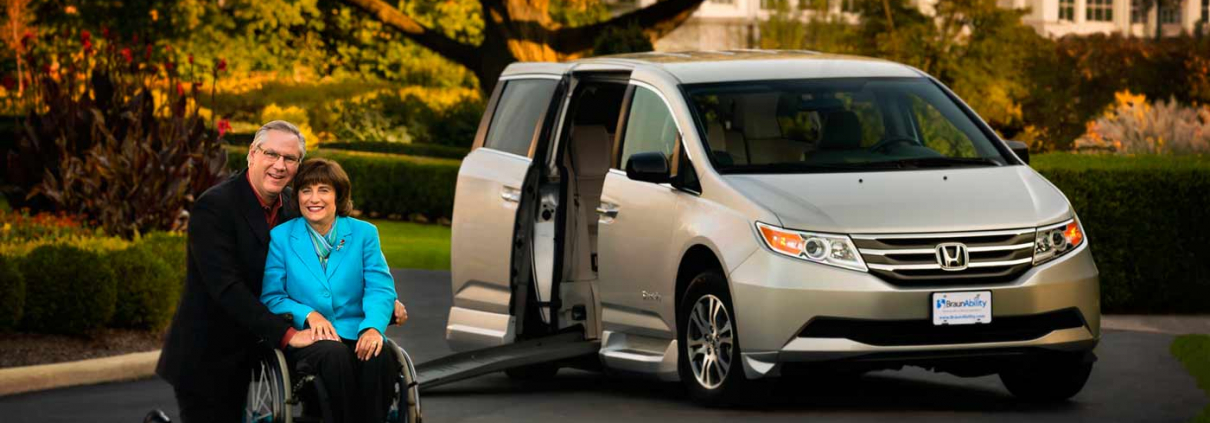Choosing a Wheelchair Accessible Vehicle for Your Family

Shopping for a vehicle can be a day-long hunt, no matter what specifications you’re looking for. As a mother or father of a child that uses a wheelchair, the endless options are no exception. Depending on what your child’s needs are, how old they are, and more, there’s a lot to consider. Luckily, there are resources like NMEDA online and Quality Assurance Program (QAP) dealers in your area that can point you in the right direction toward the accessible vehicle to fit your needs. The following are some questions to consider to make searching for a wheelchair van for your family much easier.
Where Should Your Child Sit?
As you’re driving, you want to be sure that your child is held secure in his or her seating and restraint and provided ample room for comfort. The safest place would then mean the center of the vehicle or the rear. Seating in the passenger seat for your child that uses a wheelchair is subject to various laws and your child’s weight, but by putting safety first, you don’t have to worry about the impact of potential, sudden-impact air bags. NMEDA dealers will understand your necessities for the right wheelchair accessible vehicle and seat for your child and also factor in: your child’s height, size of wheelchair, medical needs and equipment that would need to accompany him or her, and seating for your child’s friends—which leads to considering which entry is right for your family.
Should You Choose Side or Rear Entry?
Choosing a side or rear entry wheelchair van comes down to your child’s equipment and what’s necessary and easiest for transporting that. A rear entry vehicle is ideal if your child has limited mobility and uses a ventilator or feeding tube. If your child has more flexible mobility, side entry is an option that allows them to maneuver themselves into place. With the rear entry, a caregiver has the option of sitting next to the child, and the child is closer to the driver as well. Although a side entry wheelchair accessible van allows for more room, assessing your child’s needs for transportation will make the right choice clearer.
In-Floor or Fold-Out Ramps?
Another quality to consider is whether or not your family should use an in-floor or fold-out ramp in your wheelchair van. Also affecting seating options, a fold-out ramp gives a maximum seating of five, while an in-floor ramp gives a maximum seating of six. There’s an advantage to having either option: an in-floor ramp means you’re clear to use it in most instances of space, while a fold-out ramp is easier to navigate because of high side rails and can deploy manually if needed. Both are ideal for children and adults with standard to slightly oversized wheelchairs, so they’re fit for your growing child.
These are some of the main factors you want to consider and ask your trusted NMEDA QAP dealer for more specific help on. On your search for the right wheelchair accessible vehicle for your family, NMEDA dealers can make your accessible vehicle selection an easier process and guide you to maintaining your accessible vehicle for years to come with your family.
The National Mobility Equipment Dealers Association (NMEDA) is an advocate for mobility and accessibility for drivers with disabilities. If you need help with converting or buying an accessible car, truck or van, please consider one of our Quality Assurance Program mobility equipment dealers.
